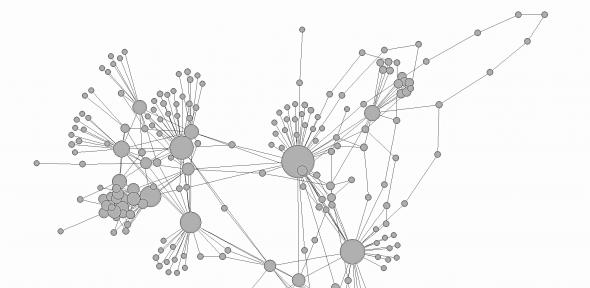
Submitted by Di Kennedy on Mon, 03/08/2020 - 12:02
New article by our Steering Group Member Dr Paolo Campana in 'Crime and Justice'
Paolo Campana (2020), ‘Human Smuggling: Structure and Mechanisms’. Crime & Justice
Human smuggling is a form of illegal trade in which the commodity is an assisted illegal entry into a country. While this is hardly a new phenomenon, evidence points to increased involvement of smugglers in facilitating these journeys. This has been linked to the hardening of entry policies in developed countries. Smuggling markets tend to possess low barriers to entry and remarkably similar organizational arrangements in all the main smuggling routes in the world: no monopolies and small, localized, and rudimentary hierarchies. There are clear separations between migrant smugglers and their protectors and between migrant smugglers and drug traffickers. The limited empirical evidence suggests that, rather than being involved in other unrelated criminal activities, smugglers often run small-scale legitimate businesses. There is very little evidence of direct involvement of traditional mafia-like organizations. Finally, smugglers, often in competition to attract migrants, have developed diverse strategies to foster transactions, including investing in their reputations, offering warranties, and bringing in third-party escrow services. Recent developments in information technology have facilitated use of social media and the internet.
